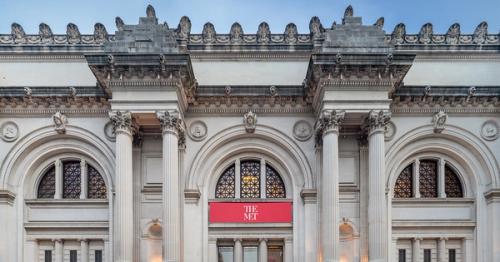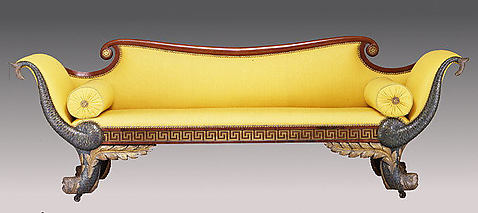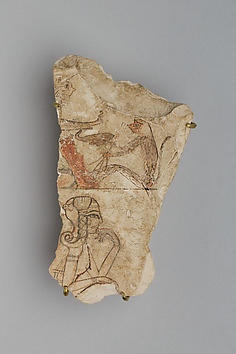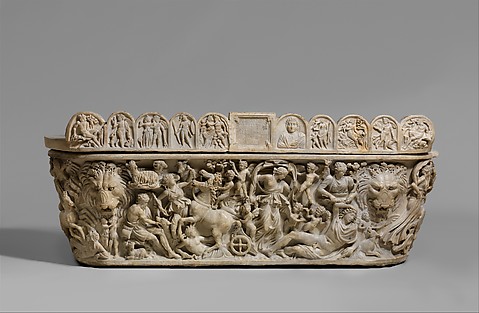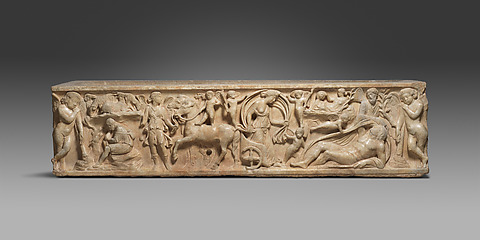Jan Gossart (ca. 1478–1532) was among the first Netherlandish artists to travel to Rome to make drawings after antique monuments and sculpture and then, upon his return, to introduce biblical and mythological subjects with erotic nude figures into the mainstream of Northern painting. Often credited with successfully assimilating Italian Renaissance style into the art of sixteenth-century northern Europe, Gossart is the pivotal old master who redirected the course of early Netherlandish art from the legacy of its founder, Jan van Eyck, toward a new style that would eventually lead to the great age of Peter Paul Rubens. Man, Myth, and Sensual Pleasures: Jan Gossart's Renaissance offers a much-needed comprehensive reappraisal of the artist's accomplishments—the first in 45 years. It is not only an exhibition catalogue but also a study of Gossart's complete oeuvre as a painter, draftsman, and printmaker. Among the many highlights are the exquisite, gemlike Malvagna Triptych, Gossart's only surviving intact altarpiece; the Carondelet Diptych, one of the masterpieces of early Netherlandish portraiture; the Portrait of an Old Couple, an astonishingly trenchant psychological study; the extraordinary drawing of Adam and Eve from the collection of the Duke of Devonshire at Chatsworth; and a unique hand-colored etching of the young Charles V. To demonstrate the artistic milieu of which Gossart was a part, antique and Renaissance sculpture, paintings by contemporaries such as Gerard David and Bernard van Orley, and prints and drawings by Marcantonio Raimondi, Lucas van Leyden, and Albrecht Dürer are also discussed and illustrated. The majority of the paintings in this volume have for the first time undergone rigorous technical examination by methods such as infrared reflectography, X-radiography, pigment analysis, and microscopy. As a result, many problems relating to attributions, dating, versions, and copies have been clarified, and a fuller understanding has been obtained of the artist's working procedures, the relationship between his drawings on paper and the underdrawings of his paintings, and the evolution of his technique and style. The results of a valuable dendrochronological study of the panel supports are also presented. Gossart's accomplishments as a draftsman have been enhanced by the acceptance of several additional drawings, while his prints receive their first in-depth evaluation. The text draws on these unprecedented technical investigations as well as on recent original scholarship concerning many issues not adequately examined in the past. Among these topics are Gossart's early career as a proponent of Antwerp Mannerism, the full impact of his sojourn to Rome, the patronage of Philip of Burgundy (including a closer look at the erotic nature of court art), Gossart's dialogue with sculpture, the rationale behind his simultaneous portrayals of Late High Gothic and Renaissance architectural styles, and his experimentation with new modes of portraiture.
